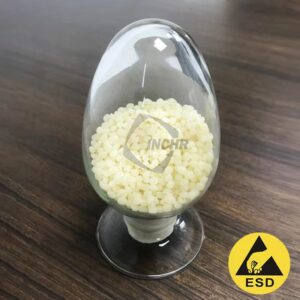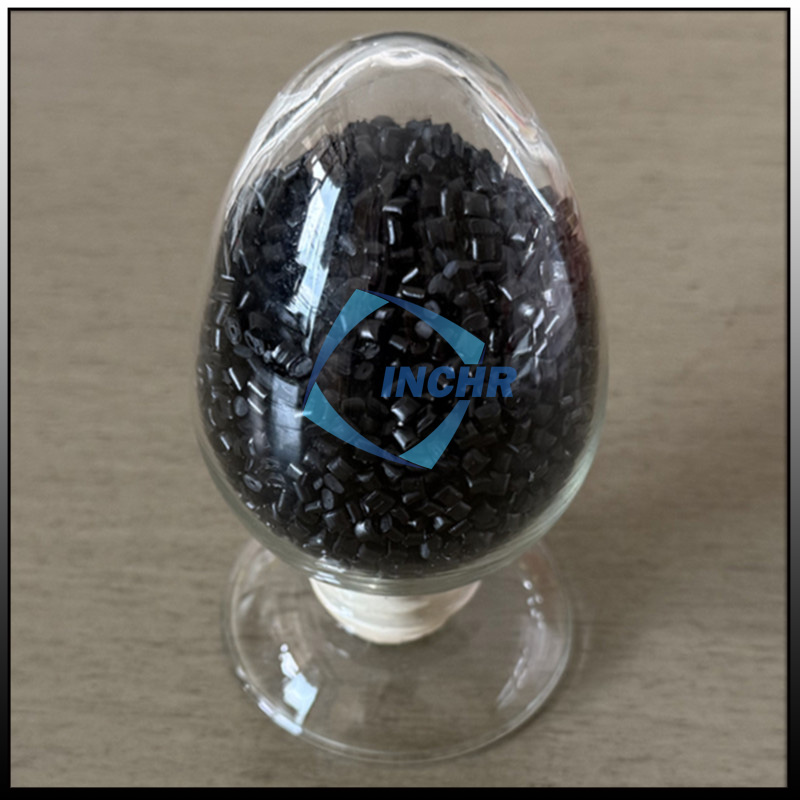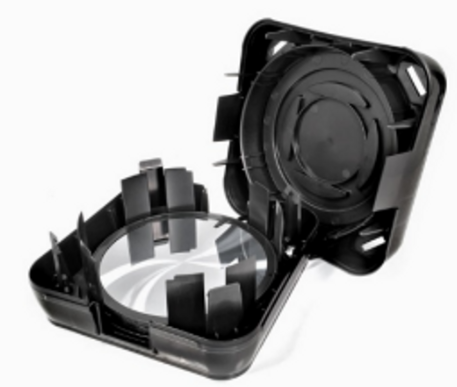There are many types of permanent plastic antistatic additives, we need to choose the appropriate antistatic agent based on processing technology, surface resistance value, and cost.
Classification of permanent antistatic additives by usage method
- External coating antistatic additive: This type of antistatic agent is applied to the surface of plastic products by spraying, wiping, or dipping. It is usually a cationic antistatic agent, and some are amphoteric and anionic. The advantages of external coating antistatic agents are small dosage and quick effect, but poor durability and easy to lose due to friction and washing.
- Internal mixed antistatic additive: An internal mixed antistatic agent is added to the resin during the processing of plastic products. It is mainly non-ionic and polymer permanent antistatic additives, and anionic and cationic antistatic additives can also be added. The effect of internal mixed antistatic agents is long-lasting, but it may have a certain impact on the processing performance and product performance of plastics.
Classification of permanent plastic antistatic additives by duration
- Temporary antistatic additives have a shorter duration and usually provide antistatic effects in a short period after use, but the effect does not last long, which may be between a few hours and a few days. This type of antistatic agent generally forms a conductive layer by absorbing moisture in the air, thereby reducing the generation of static electricity. However, over time, the moisture will gradually evaporate and the antistatic effect will weaken.
- Permanent antistatic additives have a longer duration and can maintain the antistatic effect for a longer period. They usually achieve antistatic function by chemically reacting with plastic materials or forming a permanent conductive network. The effect of permanent antistatic agents is relatively long-lasting and is not affected by factors such as environmental humidity, but may need to be added during the plastic processing process, and the cost is relatively high.
When choosing plastic antistatic additives, it is necessary to consider the duration of the effect according to the specific application requirements and the use environment. If a long-term antistatic effect is required, a permanent antistatic additive may be a better choice; if antistatic performance is only required in the short term, a temporary antistatic agent may be more economical.

In addition, different types of plastic antistatic additives may have different effects on the properties of plastics, so it is also necessary to evaluate their effects on the compatibility, mechanical properties, thermal stability, etc. of plastics before use. At the same time, the correct use method and addition amount will also have an important impact on the antistatic effect, and it is necessary to operate according to the product instructions.
INCHR only provides internally mixed, permanent antistatic additives, which are washable and have no blooming or migration out of the matrix. It is mainly used in semiconductor packaging and transportation, mobile phone manufacturing, and automotive industries. If you are interested in our products, please contact our sales team to get more technical information.




